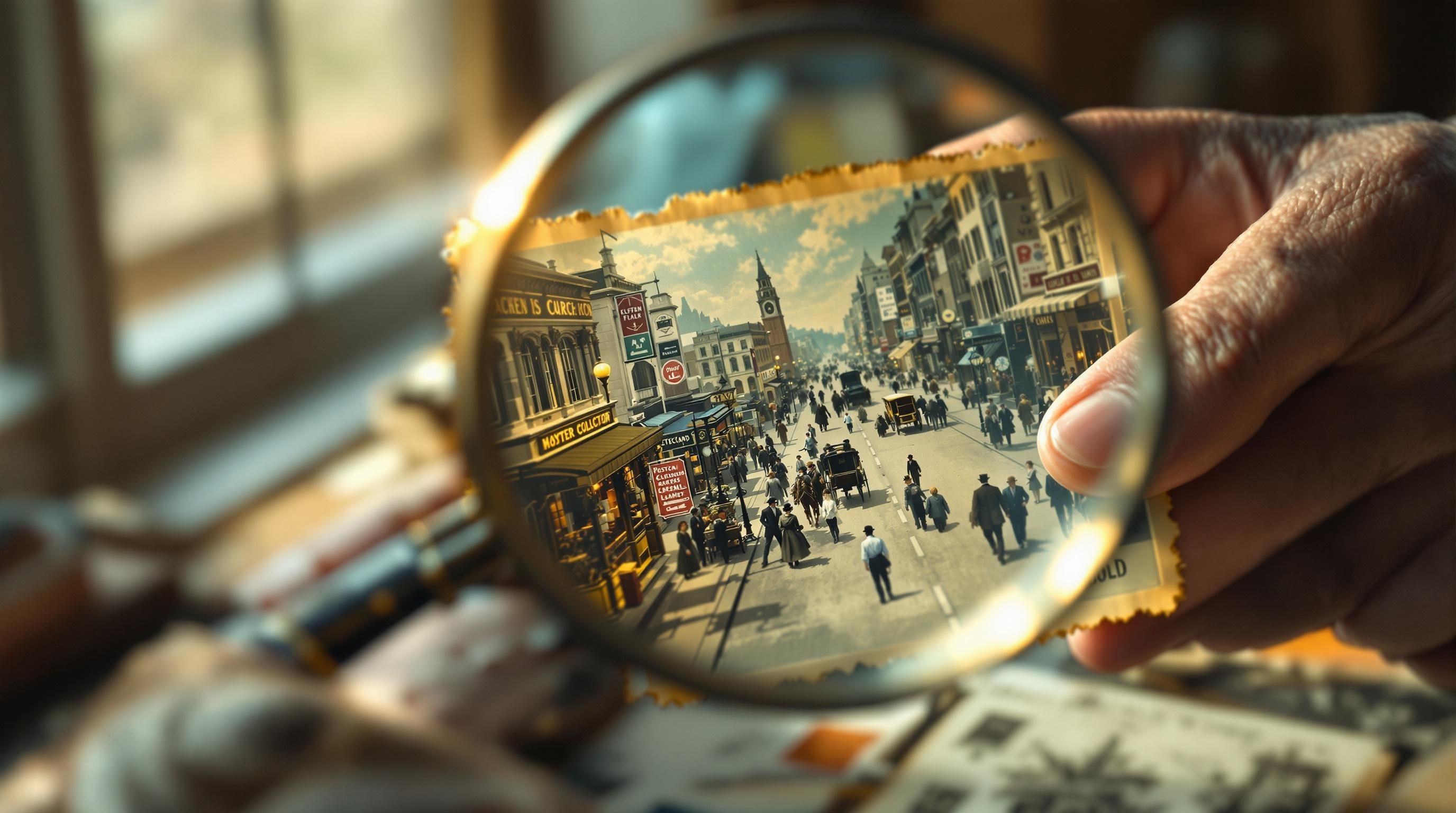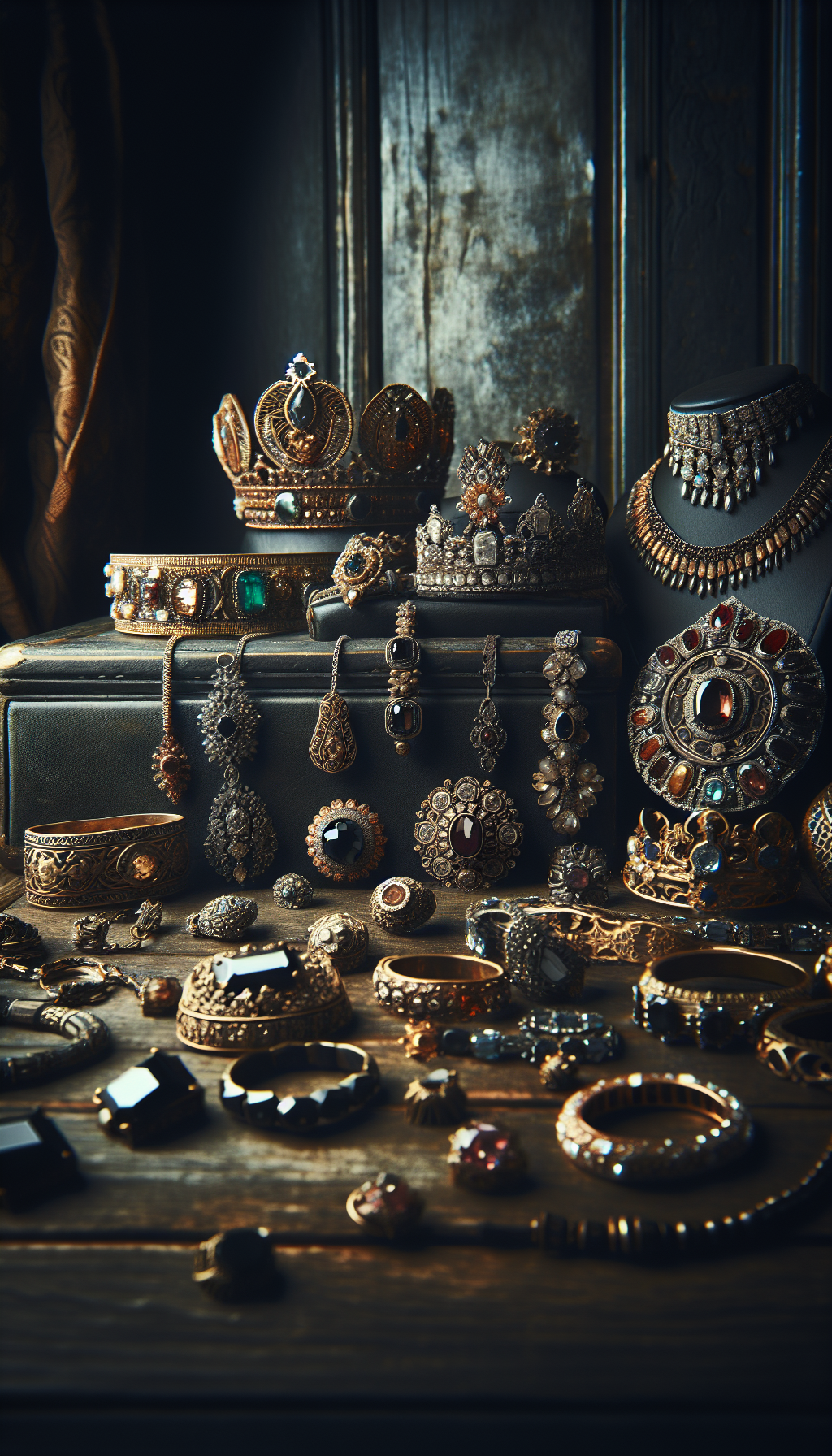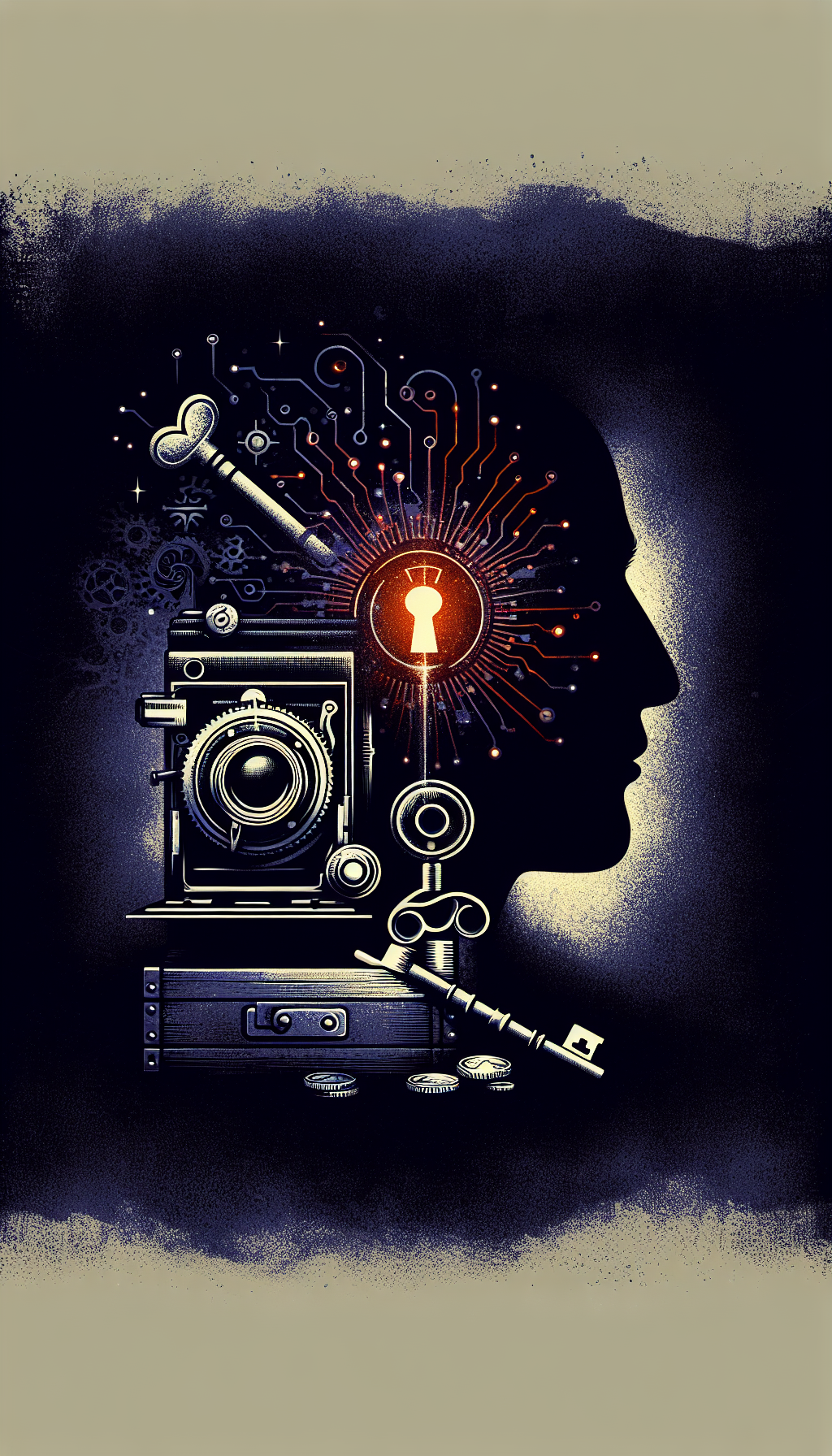Glimpsing into the past through vintage postcards is not just a nostalgic journey—it can also be financially rewarding. Old postcards connect us to history, art, and culture in ways few other collectibles can, and the most desirable examples can command surprisingly high prices. Whether you’ve inherited a collection or are considering starting one, understanding old postcard values is essential.
The Enduring Appeal of Vintage Postcards
What started as simple communication tools have transformed into sought-after collectibles, particularly those from the “Golden Age of Postcards” (1905-1915). During this period, postcards reached their artistic peak, featuring vibrant illustrations, innovative printing techniques, and diverse subjects that documented everything from local landmarks to major historical events.
Today’s collectors appreciate vintage postcards not just for their aesthetic appeal but also for the window they provide into our shared past. Each postcard tells a story about the time it was created—the fashions, architecture, social customs, and cultural attitudes that defined an era.
Vintage Postcard Market Insights
Factors That Determine Vintage Postcard Values
Age and Era
Generally, older postcards tend to be more valuable, but the era matters significantly:
Evolution of Postcard Values by Era
- 1893-1898
Pioneer Era
The earliest commercially produced postcards, extremely rare and valuable ($100-$1,000+) - 1898-1901
Private Mailing Card Period
Early examples with "Private Mailing Card" printed on reverse ($20-$200) - 1901-1907
Undivided Back Period
Cards with undivided backs where only the address could be written ($10-$100) - 1907-1915
Divided Back Period (Golden Age)
The most prolific and collectible era featuring highest artistic quality ($5-$1,000+) - 1915-1930
White Border Period
Identified by white borders around images, cost-cutting measure during WWI ($3-$50) - 1930-1945
Linen Period
Textured paper with bright, saturated colors ($2-$20) - 1945-Present
Modern Chrome Era
Photo-based postcards with glossy finish, generally least valuable ($0.50-$5)
Condition
The condition of a vintage postcard dramatically impacts its value. According to experts at Warwick & Warwick, condition can affect value by 30-50%.
Postcard Condition Assessment Checklist
Use this checklist to evaluate your postcards' condition
- No creases, folds, or bends
- Sharp, uncrimped corners
- No tears or paper loss
- No stains, spots, or discoloration
- No writing or marks on the image side
- Vibrant, unfaded colors
- No tape, glue, or adhesive residue
- No postal markings obscuring the image
- No evidence of being removed from an album
Rarity and Desirability
While age and condition provide the foundation for value, rarity and desirability often determine whether a postcard is worth a few dollars or a few thousand:
- Limited Editions: Cards produced in small quantities or for special events
- Early Advertising: Particularly for products that no longer exist
- Disaster Postcards: Depicting famous disasters like the Titanic or San Francisco earthquake
- Artist-Signed Cards: Work by renowned illustrators like Samuel Schmucker or Ellen Clapsaddle
- Hold-to-Light or Mechanical Cards: With special effects when held up to light or manipulated
- Real Photo Postcards (RPPCs): Actual photographs printed on postcard stock
Subject Matter
The subject depicted on a postcard significantly influences its value. The most sought-after subjects include:
Value by Subject Matter
Average market values for postcards in excellent condition
</tbody>
</table>
Identifying Valuable Vintage Postcards
Publisher Markings
The publisher can be a significant indicator of value. Look for these names on the back of postcards:
- Raphael Tuck & Sons: Pioneer publisher known for high-quality art postcards
- Louis Prang: Early chromolithography pioneer
- Detroit Publishing Company: Famous for photographic quality
- Paul Finkenrath of Berlin: Known for embossed postcards
- Winsch: Holiday postcards featuring exceptional artwork
- International Art Publishing Co.: Produced many desirable holiday cards
Printing Techniques
The printing method can provide clues about a postcard’s age and potential value:
- Chromolithography: Vibrant multi-color printing used primarily before 1915
- Real Photo: Black and white photographs on postcard paper, often showing unique moments
- Embossed: Raised designs that add texture to the image
- Hold-to-Light: Special cards with cut-outs designed to be viewed when held up to light
- Novelty: Cards with added materials like silk, metal, wood particles, or glitter
Postmarks and Postal History
Postmarks and stamps can add significant value, especially for postal history collectors:
- Early usage dates on pioneer-era cards
- Rare cancellations or special event postmarks
- Unusual routing or censorship markings
- Stamps that remain affixed to the card

Most Valuable Categories of Vintage Postcards
Holiday Postcards
Holiday postcards, particularly Halloween and Christmas, rank among the most valuable categories. As noted by collectors on Valuable Postcards, rare Halloween postcards can sell for hundreds or even thousands of dollars.
Holiday Postcard Values
Current market values for holiday postcards in excellent condition
| Category | Price | Notes |
|---|---|---|
| Halloween & Holiday Greetings | $20-$3,000+ | Especially by notable artists |
| Santa Claus | $15-$500+ | Particularly early designs |
| Small Town Views | $5-$100 | Higher for ghost towns |
| Transportation | $10-$200 | Trains, early automobiles, airplanes |
| Ethnic/Racial Caricatures | $10-$300 | Controversial but historically significant |
| Circus & Wild West | $15-$250 | Especially featuring famous performers |
| Sports | $20-$500+ | Baseball and early Olympics |
| Military & War | $5-$150 | Higher for WWI propaganda |
</tbody>
</table>
Real Photo Postcards (RPPCs)
Real Photo Postcards are actual photographs printed on postcard stock, often documenting unique historical moments. According to a recent Reddit thread, these can be particularly valuable if they depict:
- Small town main streets or businesses that no longer exist
- Early aviation, automobile, or railroad scenes
- Occupational views showing people at work
- Disasters or newsworthy events
- Native American portraits or scenes
- Mining, logging, or other industrial activities
Mechanical and Novelty Postcards
Postcards with special effects or interactive elements typically command higher prices:
- Mechanical cards: With moving parts or fold-out sections
- Hold-to-Light: Designed with special cut-outs that illuminate when held to light
- Add-on materials: Cards with silk, metal, wood chips, or other materials
- Pop-up designs: Three-dimensional elements that expand when the card is opened
- Oversized postcards: Non-standard formats that were less common
Notable Postcard Auction Sales
Recent high-value vintage postcard sales
| Category | Price | Notes |
|---|---|---|
| Halloween by Schmucker | $500-$3,000+ | Especially with witches or black cats |
| Halloween by Clapsaddle | $200-$1,000+ | Children with pumpkins especially prized |
| Christmas by Clapsaddle | $50-$500 | Santa designs command highest prices |
| Valentine's Day | $25-$300 | Mechanical or honeycomb designs |
| Thanksgiving | $30-$250 | Early designs with unique imagery |
| Easter | $20-$200 | Rabbits and decorated eggs |
</tbody>
</table>

How to Determine Your Postcard's Value
Step 1: Identify the Era
First, determine when your postcard was produced. Look for these clues:
- Check the postmark date if the card was mailed
- Look for “Private Mailing Card” (1898-1901) or “Post Card” (after 1901) on the reverse
- Note whether the back is divided (after 1907) or undivided (before 1907)
- Examine the border style: no border (early), white border (1915-1930), or linen texture (1930-1945)
Step 2: Assess Condition
According to JustAnswer, condition is crucial for value. Examine your postcards for:
- Creases, folds, tears, or missing corners
- Stains, discoloration, or fading
- Postal markings or writing (while postmark dates can add value, excessive writing may detract)
- Album damage or residue from mounting
Step 3: Research Similar Sales
Check recent auction results and dealer prices for comparable postcards:
- Online auction sites like eBay (search for “completed listings”)
- Specialized postcard dealer websites
- Price guides like “Vintage Postcards for the Holidays: Identification & Value Guide”
- Auction house archives for high-value cards
Step 4: Consider Professional Appraisal
For potentially valuable collections or rare postcards, consider professional appraisal services:
- Auction houses like Warwick & Warwick specialize in postcard valuations
- Certified appraisers with expertise in paper ephemera
- Postcard collector clubs and associations may offer evaluation services
Storing and Preserving Valuable Postcards
Archival Storage Solutions
To protect your postcards from environmental damage:
- Use acid-free sleeves made specifically for postcards (standard size 3.5" x 5.5")
- Store in archival albums or boxes designed for collectible ephemera
- Avoid adhesives, tape, or traditional photo albums that can damage cards
- Keep cards flat to prevent bending or creasing
- Consider using archival-quality backing boards for especially valuable cards
Environmental Considerations
The environment where you store your collection matters significantly:
- Maintain stable temperature and humidity (ideally 65-70°F with 40-50% relative humidity)
- Avoid direct sunlight which can fade colors and damage paper
- Keep away from basements or attics where temperature fluctuations occur
- Store away from food, beverages, and smoking areas
- Consider proper insurance coverage for valuable collections
Handling Practices
When examining or displaying your postcards:
- Wash and dry hands thoroughly before handling, or use cotton gloves
- Hold cards by the edges only, never touching the surface
- Use a clean, flat surface for examination
- Never use paperclips, staples, or rubber bands
- If displaying valuable cards, use UV-filtering glass or acrylic
Where to Sell Vintage Postcards
Online Marketplaces
- eBay: The largest marketplace for postcards, with global reach
- Etsy: Good for higher-end, artistic, or unusual postcards
- Delcampe: Specialized in collectibles including postcards
- AbeBooks: Particularly for rare or historical postcards
Specialized Dealers
- Postcard shows and fairs: Connect directly with dealers and collectors
- Auction houses: For valuable collections or rare individual cards
- Local antique dealers: Convenient but may offer lower prices
Collector Communities
- Postcard collector clubs: Often have sales tables at meetings
- Online forums and Facebook groups: Connect with collectors directly
- Specialized postcard auction sites: Catering to serious collectors
Building a Valuable Postcard Collection
Focus Areas for Collectors
Successful collectors often focus on specific themes or categories:
- Geographic area: Your hometown or places with personal significance
- Subject matter: Transportation, architecture, fashion, or occupations
- Time period: Focus on a specific era that interests you
- Publisher: Collect works from notable publishers like Tuck or Detroit Publishing
- Artist: Specialize in postcards by specific illustrators
Research and Education
Knowledge is essential for building a valuable collection:
- Join postcard collector associations like the Ephemera Society of America
- Subscribe to publications such as Barr’s Post Card News
- Attend postcard shows and conventions to network and learn
- Invest in reference books and price guides specific to your collecting interest
- Follow auction results to understand market trends
Condition and Authentication
Always prioritize condition and authenticity:
- Examine cards under good lighting before purchasing
- Be wary of reproductions which have become increasingly common
- Learn to identify original printing techniques versus modern copies
- Purchase from reputable dealers who offer guarantees of authenticity
- Consider third-party authentication for extremely valuable cards
Common Questions About Old Postcard Values
Are postcards from the 1950s worth anything?
Yes, postcards from the 1950s can definitely have value, though typically less than earlier examples. Most 1950s postcards fall into the "Chrome Era" category, characterized by their glossy photographic appearance.Typical values for 1950s postcards range from $1-$15 depending on:
- Subject matter (Las Vegas casinos, roadside attractions, and early Disneyland cards tend to command higher prices)
- Condition (near-mint examples are worth more)
- Rarity (cards from smaller towns or businesses that no longer exist)
While most 1950s postcards are relatively affordable, certain themes like early space program, atomic/nuclear imagery, or cards depicting Civil Rights events can sell for $20-$100 or more to specialized collectors.
Is there any market for old postcards?
Yes, there is definitely an active market for old postcards. The postcard collecting hobby (known as "deltiology") remains popular worldwide with several avenues for buying and selling:
- Online marketplaces like eBay feature millions of postcards for sale
- Specialized postcard shows and fairs occur regularly across the country
- Auction houses include vintage postcards in ephemera sales
- Collector clubs and societies facilitate trading and sales
- Social media groups connect buyers and sellers
When selling a postcard collection, you can expect to receive 10-50% of retail value depending on the sales venue. Dealers typically pay lower percentages but offer immediate payment, while direct sales to collectors through online platforms may yield higher returns but require more time and effort.
How do I appraise vintage postcards?
Appraising vintage postcards involves several steps:
Identify the era: Check the postmark date, publishing information, and physical characteristics like divided/undivided back and border style.
Assess condition: Examine for creases, tears, stains, writing, and corner wear. Condition dramatically impacts value.
Research the publisher: Look for maker’s marks from desirable publishers like Raphael Tuck & Sons, Detroit Publishing Company, or Winsch.
Consider subject matter: Evaluate whether the subject is particularly collectible (holiday themes, small towns, transportation, etc.).
Check recent sales: Search completed listings on eBay or other platforms for similar postcards.
Consult reference guides: Books like "Vintage Postcards for the Holidays" provide value ranges for specific categories.
Seek professional appraisal: For potentially valuable collections, consider expert evaluation from auction houses specializing in ephemera.
Remember that postcard values fluctuate based on market demand, condition, and rarity.
What are the most valuable types of vintage postcards?
The most valuable vintage postcards typically fall into these categories:
Holiday themes: Particularly Halloween by artists like Schmucker or Clapsaddle ($500-$3,000+)
Hold-to-Light designs: Special effects postcards with cut-outs designed to be illuminated ($100-$500+)
Real Photo Postcards (RPPCs): Especially those depicting disasters, small towns, or historical events ($50-$1,000+)
Early advertising: Cards promoting products or businesses that no longer exist ($30-$300)
Artist-signed cards: Work by notable illustrators ($50-$500+)
Transportation: Early aviation, automobiles, or ocean liners like Titanic ($75-$3,000+)
Historical events: Cards documenting significant moments in history ($50-$500)
Pioneer Era cards: The earliest commercial postcards from 1893-1898 ($100-$1,000+)
Cards in mint condition with vibrant colors, no writing, and perfect corners will always command the highest prices.
Does writing on an old postcard decrease its value?
Writing on an old postcard typically does decrease its value, but there are important exceptions:When writing decreases value:
- Writing on the image side (front) almost always reduces value by 30-50%
- Heavy ink or pencil marks that detract from the visual appeal
- Modern writing added after the card’s era
- Poor handwriting or excessive notation
When writing may maintain or increase value:
- Historical postmarks can add value, especially from small towns or discontinued post offices
- Messages referring to historical events or providing context about the image
- Notes from famous or notable individuals
- Wartime messages, particularly with censorship marks
- Writing that helps authenticate the age of a rare card
Collectors focused on the artistic aspects of postcards generally prefer "mint" unused examples, while postal history collectors may value the written aspects of the card.
The Future of Vintage Postcard Collecting
Emerging Market Trends
Several factors are influencing today’s vintage postcard market:
- Digital archiving is making once-rare images more accessible
- Online communities are connecting specialized collectors globally
- Younger collectors are entering the market with different interests
- Growing interest in social history is increasing demand for documentary postcards
- Contemporary artists are creating limited-edition art postcards with potential future value
Investment Potential
While primarily collected for enjoyment, certain postcard categories show promise as investments:
- Museum-quality rarities continue to appreciate steadily
- Postcards documenting underrepresented communities are gaining scholarly interest
- Holiday themes by noted artists maintain strong demand
- Postcards with historical significance related to civil rights or women’s history
- Early real photo postcards of western expansion or Native American subjects
Preservation Challenges
The vintage postcard market faces several preservation challenges:
- Aging collections require proper conservation to maintain value
- Institutional acquisitions are removing some rare cards from the market
- Digital reproduction complicates authentication for newer collectors
- Climate change concerns affect storage requirements
- Insurance and valuation questions as values increase for top specimens
External Resources for Postcard Collectors and Sellers
Warwick & Warwick Postcard Valuation Guide
Comprehensive guide to valuing vintage postcards from expert auctioneers specializing in collectibles since 1958.
Mailseum: Guide to Value Old Postcards
Detailed article discussing factors that determine postcard values and how to identify potentially valuable examples in your collection.
Collectors Weekly: Antique and Vintage Postcards
Educational resource with articles, collector interviews, and marketplace insights about antique and vintage postcards.
Valuable Postcards: Price Database
Database of recent auction results and fixed-price sales for high-value vintage postcards, useful for price comparison.
The Ephemera Society of America
Non-profit organization devoted to the collection, preservation, and study of ephemera, including vintage postcards.
Postcard Collector Magazine
Publication dedicated to providing market information, collecting tips, and feature articles for postcard enthusiasts.
Conclusion
The world of vintage postcards offers something for everyone—from casual collectors attracted to nostalgic imagery to serious investors seeking rare examples. Understanding old postcard values requires knowledge of printing techniques, historical context, condition factors, and market trends.
Whether you’re inheriting a collection, starting a new hobby, or simply curious about those old postcards in your attic, the resources in this guide will help you determine their potential value. Remember that beyond monetary worth, these small pieces of paper provide invaluable windows into our collective past, preserving moments of history that might otherwise be lost to time.
As you explore the fascinating world of vintage postcards, consider not just their investment potential but also their historical and cultural significance. Each postcard tells a story—about the people who created it, the place it depicts, and the individuals who treasured it enough to preserve it for future generations to discover.
Get a Professional Appraisal
Unsure about your item’s value? Our certified experts provide fast, written appraisals you can trust.
- Expert report with photos and comps
- Fast turnaround
- Fixed, upfront pricing
No obligation. Secure upload.
| Item | Price | Date | Auction House |
|---|---|---|---|
| Halloween Witch with Black Cat by Schmucker | $3,200 | October 2023 | Heritage Auctions |
| RMS Titanic Real Photo Postcard | $2,750 | April 2024 | Bonhams |
| 1908 "Hands Across the Sea" R.M.S. Empress of Ireland | $298 | March 2024 | Private Sale |
| Antique Halloween Postcard with Jack-o'-Lanterns | $294 | September 2023 | eBay Auction |
| RPPC of Main Street in Ghost Town, Nevada | $275 | July 2024 | Holabird Americana |




